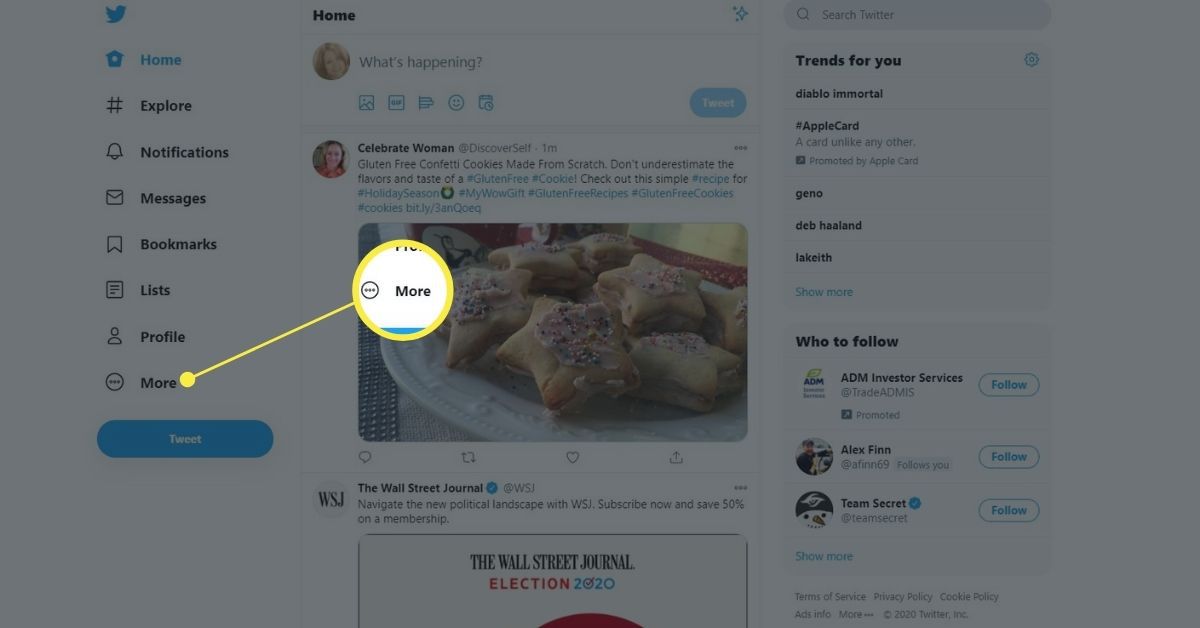
If you have cash in cost savings today, the simplest location to put it sadly isn’t the smartest place. That’s due to the fact that a standard cost savings account at your main bank may pay practically no interest, while today you can earn an eye-popping 5.00% or more by choosing one of many other places to stash your cash.
High-yield savings accounts, money market accounts, and certificates of deposit (CDs) are all paying record rates right now, thanks to the Federal Reserve’s 15-month project to combat inflation by raising the federal funds rate. Not only that, but today’s Fed announcement indicates it is likely to raise rates still higher this year.
The delighted result for savers is bank interest rates that are currently at their greatest levels since a minimum of 2007, with most likely rate enhancements still to come. To score these record rates, you have to shop around, and we can make that simple.
Key Takeaways
Rate of interest paid by banks and credit unions on your cost savings have actually already surged to their greatest level in almost 16 years, and might not be done climbing.Shopping around for a terrific rate deserves it, as our daily rankings of the best rates can lead you to options that pay as much as 13 times more than the national typical rate.High-yield cost savings accounts offer a fantastic method to earn a nation-leading rate while keeping flexible access to your funds.Money market accounts can offer the very same benefits as a high-yield cost savings account, however with the included function of allowing check-writing. If you can live without a few of your savings for some time, CDs use an even better earnings option, since you can lock an excellent rate for months or years into the future.The Federal Reserve revealed a rate hold today, however also suggested it expects to raise rates two more times throughout 2023. If one or more increases come to pass, it will press savings, money market, and CD rates higher in the coming months.
Earn More with a High-Yield Savings Account
If you’ve only ever opened a cost savings account with the bank where you have your main bank account, you’re likely losing out on considerable interest profits on your cash. That’s since high-yield cost savings accounts at other banks are using substantially greater rates, and opening one is usually fast and simple.
Even if you aren’t making a near-zero rate on your money, however have an account paying the national average of 0.40% APY, you can multiply your regular monthly interest revenues by 10, 12, or nearly 13 times today, simply by moving money to among the options in our everyday ranking of the best-paying savings accounts. The leading account is paying an excellent 5.12% APY.
Holding cash in a high-yield cost savings account at a different bank may take a little getting utilized to, and you may not wish to move all of your savings there, since transfers between banks can take 1-3 days to finish. You might move cash to a high-yield account that’s allocated for a specific savings objective. Or, you could shuttle most– however not rather all– of your savings to the new account while maintaining a security reserve at your main bank.
Whatever funds you move, you’ll have the ability to make withdrawals anytime you desire (though some organizations restrict the number of withdrawals you can make each month), along with make extra deposits at any time. There is no long-lasting commitment of your funds, which is excellent for versatility when you do not understand when you’ll desire to use the money (though it may make it more difficult to withstand the temptation to dip into cost savings for an unintended purchase).
Something that’s crucial to keep in mind with any sort of savings account is that its rate is variable, suggesting it can alter at any time, and the bank or cooperative credit union doesn’t need to forewarn you. While cost savings account rates are at record highs right now, when the Fed starts lowering rates sometime in the future, the rate on your savings account will come down, too.
Add Check-Writing with a Money Market Account
Another extremely similar option to a high-yield savings account is a cash market account. Though in the past, these accounts provided greater returns than cost savings accounts in exchange for you preserving a big minimum balance, such as $25,000, things have altered in today’s banking market. Now money market and cost savings accounts are essentially interchangeable, both providing a range of rates with numerous minimum balance requirements, including some with no required minimum.
The one secret distinction that stays is that money market accounts will provide you the ability to write checks. A cost savings account will not supply this alternative. So if having the ability to compose paper checks directly from your savings is essential to you, inspect our everyday ranking of the very best money market accounts.
Whatever mentioned in our discussion of high-yield cost savings accounts above uses similarly to cash market accounts, such as the likely need to open the account at a bank that’s brand-new to you if you want a leading rate, the flexibility to withdraw and transfer funds at will, and the rate on your account varying, indicating it will begin to drop once the federal funds rate starts declining.
Though today’s absolute best cash market rate of 5.25% APY is greater than the nation-leading savings account rate of 5.12% APY, listed below that top area, the rates on high-yield savings accounts are much better, with 15 alternatives paying more than 4.80% APY (compared to just four in the cash market list). So if you don’t care about having check-writing opportunities, you’ll discover more high-paying choices in our cost savings account ranking.
Extend a Record Rate Into the Future with CDs
If some of the money you’re saving can stay put for a couple of months, a year, or even longer, you can earn even more by putting your money in a certificate of deposit. CDs need committing your funds for the duration of the CD term, which most normally range from 3 months to 5 years, the reward is that your rate is locked and guaranteed for the full length of the CD, no matter what takes place with the Federal Reserve and rates.
Today, the industry-leading nationwide CD is paying 5.65% APY, however there are more than 30 alternatives in our everyday ranking of the very best CDs that are providing rates of 5.25% APY or higher. You can even secure a rate of 5.00% APY today that will hold for 4 years.
The threat with a CD, however, is that if you find you require to withdraw your cash before the CD’s maturity date, the bank or cooperative credit union will subtract an early withdrawal charge from your interest revenues. These vary widely, from mild to harsh to so onerous they can consume into your initial deposit. So be sure to discover the penalty policy on any CD you’re thinking about before you commit.
The charm of CDs is that they are an excellent alternative when rates are currently high but expected to decrease in the future, due to the fact that they permit you to extend for how long you can delight in today’s rates. If the Fed begins reducing rates late this year or in 2024, savings and money market rates will go down. However any CD rate you’ve locked in will continue to be ensured.
Where Are Today’s Interest Rates Headed?
This afternoon the Federal Reserve implemented what’s thought about a skip in its aggressive rate-hike campaign that it launched in March 2022, which has included 10 rate hikes in the 15 months since. It’s the very first time in 11 meetings that the Fed has not announced another hike.
However though the Fed’s rate-setting committee chose to hold rates where they are for now, information from the Fed’s statement suggest that it’s likely to raise rates 2 more times in 2023, which could elevate the federal funds rate another 0.50%.
With each additional walking that concerns fulfillment, rates on cost savings, cash market, and CDs would likewise climb up, meaning we are likely not at peak rates yet for these savings products. That in turn indicates possibly further great news for savers in the coming months.
Of course, Fed rate predictions are far from iron-clad, as each conference choice is based upon real-time economic data and monetary news. So though further 2023 increases by the Fed seem possible, they are certainly not guaranteed.
When eventually it appears clear the Fed has actually reached completion of its rate walkings, banks and credit unions will start lowering variable rates on cost savings and money market accounts. Which descent to lower rates will accelerate rapidly when the Fed ultimately indicates it will begin executing several rate drops.
Alternatives to Bank Accounts for Your Savings
Of course, keeping your savings in the bank is not your only alternative. You might likewise invest it in a number of different bond or brokerage items. (We never, nevertheless, advise keeping it under your bed mattress.).
While they often outpay CDs, other times the rate is lower. You can likewise get in and leave the fund at any time.Cash Reserve Accounts or Money Market Funds – If you have an account at a brokerage company, you can also hold savings in a money reserve account or money market fund (not to be puzzled with the money market accounts offered by banks). Be sure to look into the rate you’ll earn, because often it will be far less than what you could make with a CD, cost savings account, or money market account at a bank.
Rate Collection Methodology Disclosure.
Every organization day, Investopedia tracks the rate data of more than 200 banks and cooperative credit union that offer cash market, savings accounts, and CDs to clients nationwide, and determines day-to-day rankings of the top-paying accounts. To receive our lists, the institution needs to be federally insured (FDIC for banks, NCUA for credit unions), and the account’s minimum preliminary deposit must not go beyond $25,000.
Banks should be offered in a minimum of 40 states. And while some credit unions need you to donate to a particular charity or association to end up being a member if you do not satisfy other eligibility requirements (e.g., you don’t reside in a particular location or work in a certain sort of task), we omit credit unions whose donation requirement is $40 or more. For more about how we select the very best rates, read our complete method.












